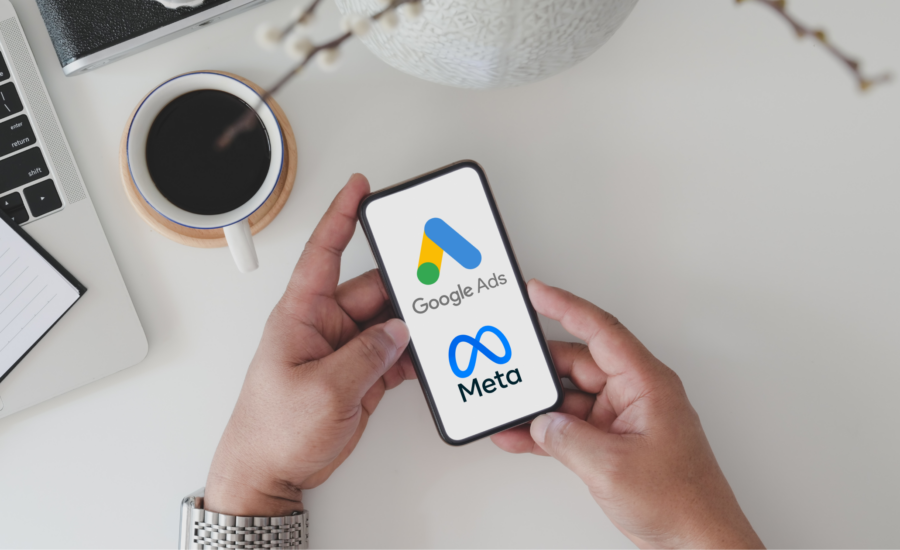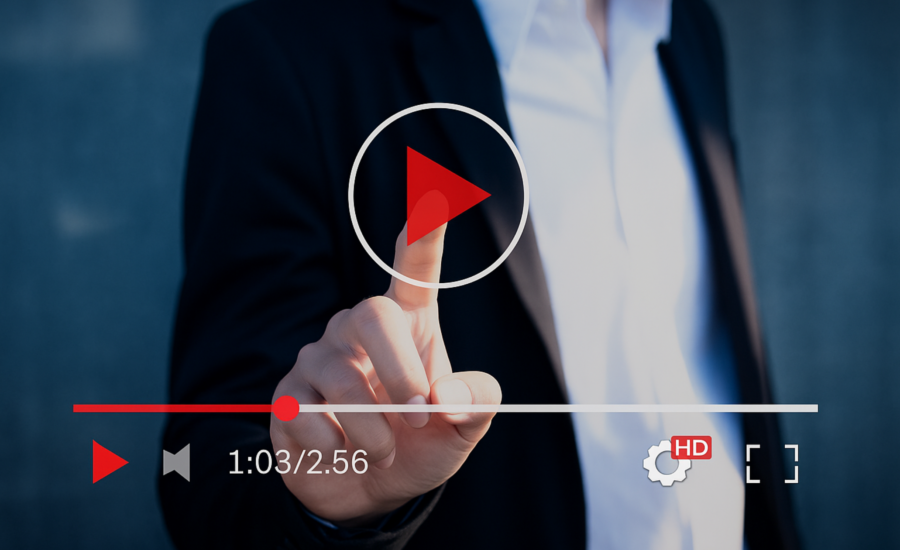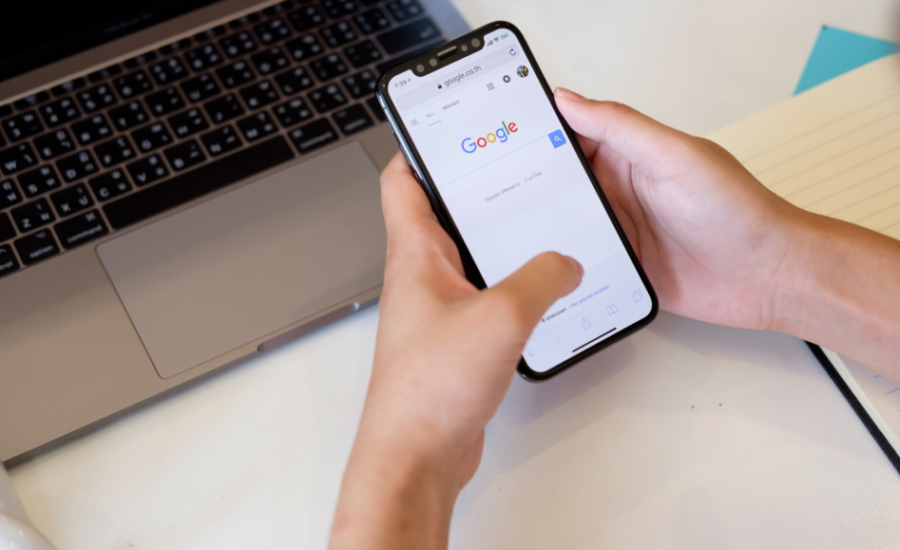If your paid ads are underperforming, the issue might not be your messaging. It might be the platform you are using. At Onimod Global, we have audited countless ad accounts and discovered a consistent mistake: choosing the
google Archives - Onimod Global
- Home
- Tag: google
Google Marketing Live 2025 unveiled some of the most transformative updates yet—highlighting AI-powered innovation across Search, Shopping, Video, and Performance Max. As a Google Partner, Onimod Global is here to break down the key takeaways and what
As your trusted certified Google Partner for nearly two decades, Onimod Global understands Google Ads remains one of the most powerful tools for businesses to reach their ideal audience. Nearly half (46%) of all Google searches are
In today's competitive business landscape, cultivating a formidable digital presence isn't just beneficial—it's essential. But what exactly does it entail, and how can businesses help ensure theirs stands out amidst the digital noise? A digital presence encapsulates
In digital marketing, content creation is the cornerstone of success for any business or brand striving to make its mark online. It's a dynamic landscape where adaptation, audience understanding, and unwavering commitment to quality reign supreme. As
A prominent Google Maps ranking is crucial for a local business, especially SMBs. Missing out on ranking in these searches means losing significant opportunities to boost lead generation, drive in-store traffic, and, ultimately, enhance conversions and revenue.
Google Marketing Live (GML23) is an annual event where Google unveils its latest innovations in marketing technology. It's an essential platform for digital marketers who strive to stay ahead in the fast-paced, constantly changing landscape of digital
It's hard to know which Google ranking factors really matter and which ones are just fluff. Especially since there are over 200 of them. Here's how to clear that up. Understanding the most important factors will help















